#18th century clothing
Text

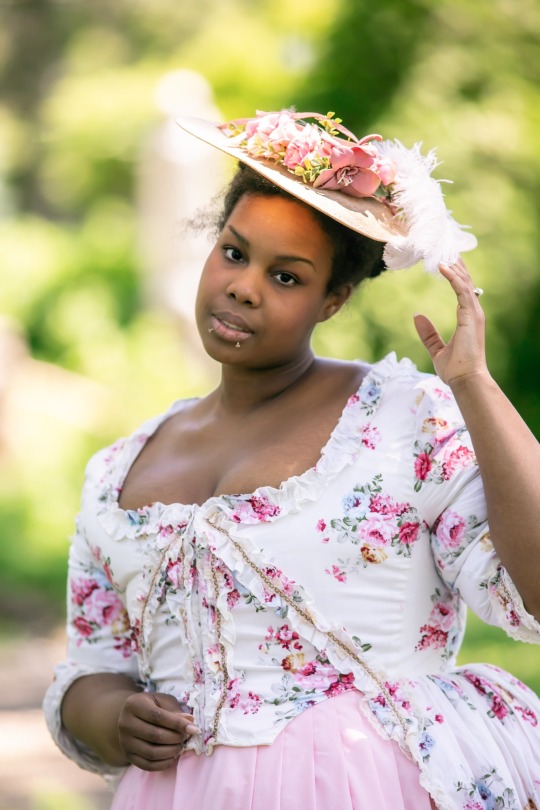
une reine sans le hameau | iridessence shot with Kelly Lenza
#18th century#fairytale aesthetic#cottagecore#rococo#18th century fashion#18th century clothing#historical costume#historical fashion#historical clothing#dido elizabeth belle#dido belle#marie antoinette#hameau de la reine#soft black women#black femininity#black people in period clothing#mignonne#2022
5K notes
·
View notes
Text
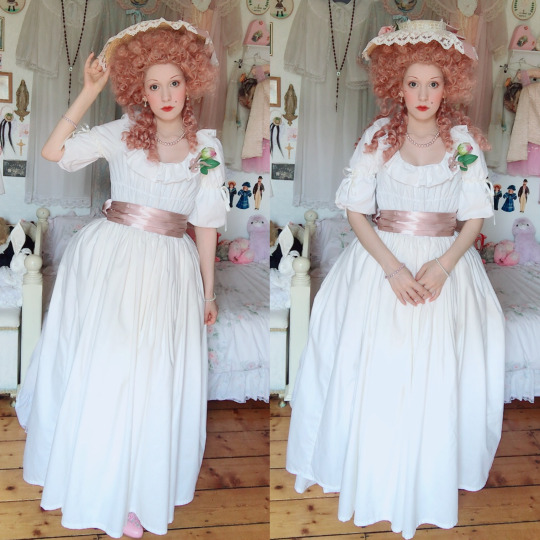
In July I had a day out with friends dressed in another 18th century look. You can read about it and see more photos on my blog here~
p.s. I'll be posting those photos to my personal blog at a later date
Cynical Neo Princessism
#historical costuming#historical costume#historical dress#rococo fashion#18th century costume#18th century fashion#18th century clothing#historical fashion#georgian fashion#chemise a la reine
137 notes
·
View notes
Text
time for an extremely specific fashion history question: does anybody have any references to what winter wear for common people looked like in western europe in approx the mid-1700s??? anything from around 1720-1780 would be an amazing help, especially menswear. just practical warm clothing and work wear for the outdoors.
I have been Googling for hours and I’m getting almost nothing useful, mostly just upper class fashion, which is basically the opposite of what I’m looking for
#fashion history#menswear#historical clothing#18th century fashion#18th century clothing#1700s clothing#1700s fashion#art reference
156 notes
·
View notes
Photo
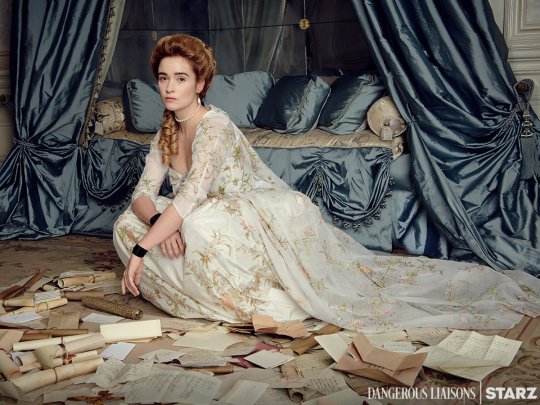
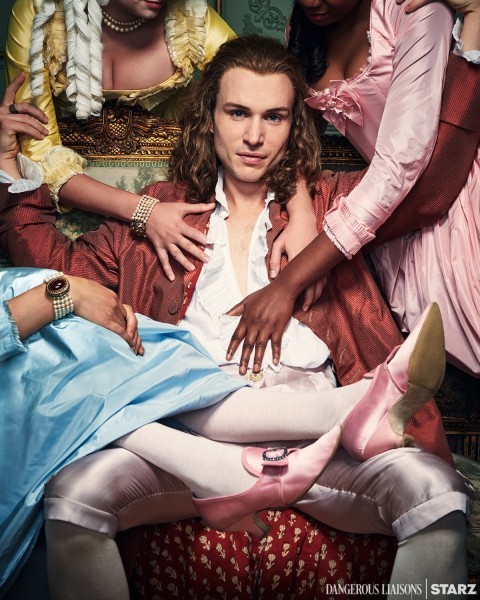
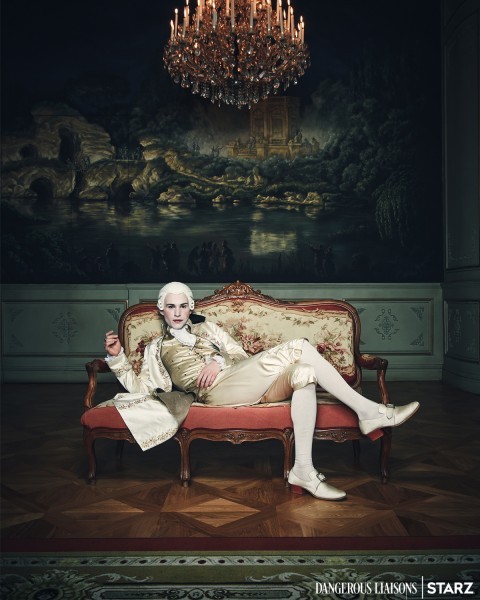
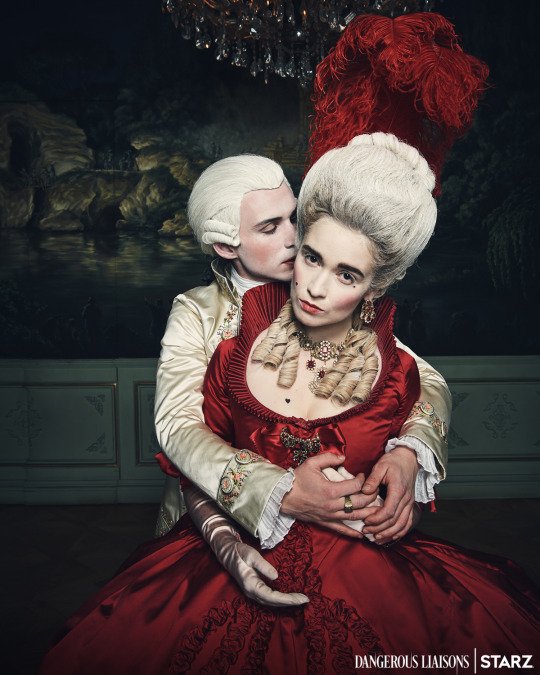
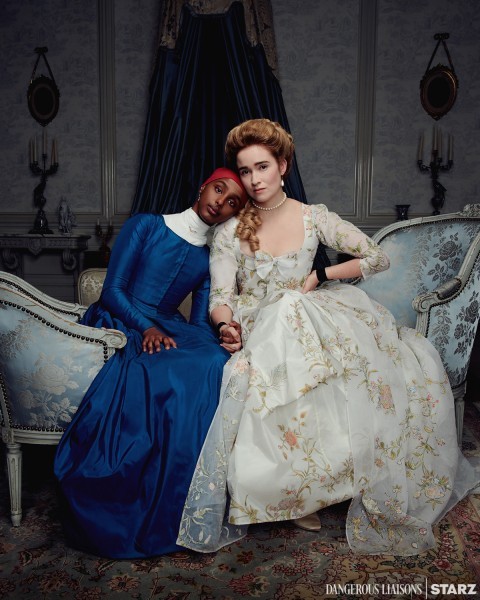
I’m obsessed with this wonderful photoshoot from the new Dangerous Liaisons on Starz!
#Dangerous Liaisons#Dangerous Liaisons Starz#Dangerous Liaisons 2022#Nicholas Denton#Alice Englert#Kosar Ali#18th century#18th century clothing#1700s#1700s clothing#Baroque#Late Baroque#Rococo#period drama#period clothing#period dramas
273 notes
·
View notes
Text
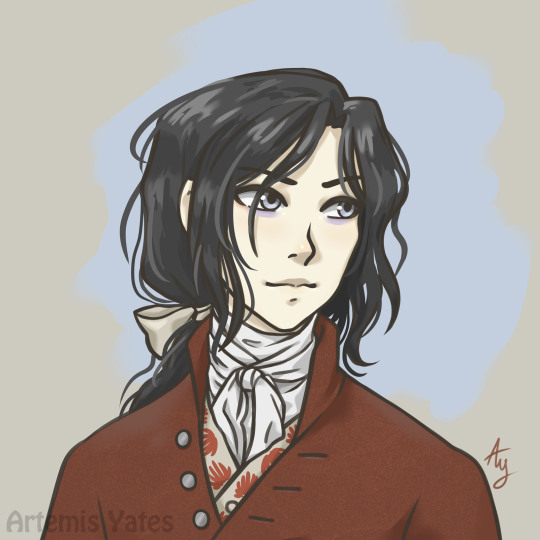
Happy New Year!
On 1 January 1818 the novel Frankenstein; or, The Modern Prometheus was first published!
So here's some more artwork of my own design for Victor Frankenstein to mark the occasion :)
#victor frankenstein#frankenstein#frankenstein or the modern prometheus#the modern prometheus#frankenstein 1818#frankenstein 1831#mary shelley#gothic literature#gothic lit art#frankenstein art#gothic lit#classic lit#classic literature#classic lit art#gothic fiction#victor frankenstein art#18th century fashion#18th century clothing#art#my art
173 notes
·
View notes
Text

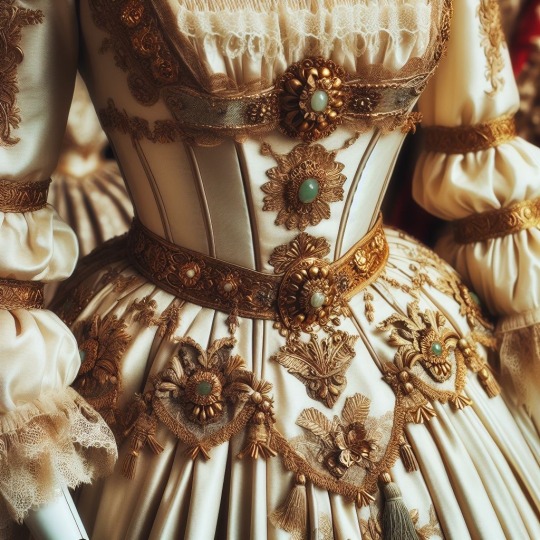
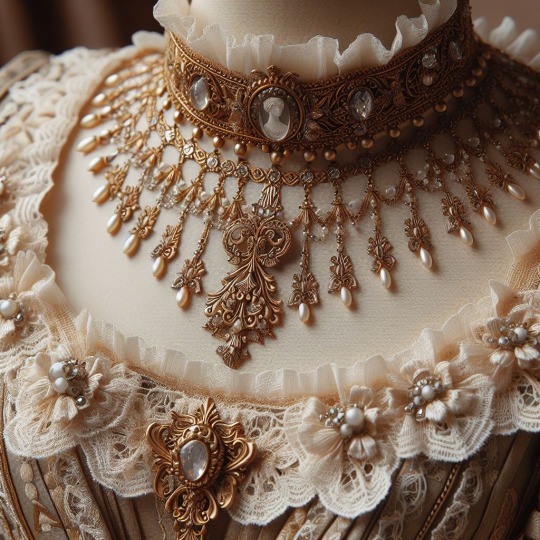
#ai art#ai generated#ai images#historical fashion#period clothing#period fashion#fashion history#textile arts#textile history#history of fashion#16th century#16th century fashion#17th century#17th century fashion#european fashion#18th century#18th century clothing#18th century fashion#historical clothing#royal fashion#royaltycore#royalcore#royalty aesthetic#royal aesthetic#monarchy#european history#historical costume#history aesthetic#renaissance aesthetic#renaissance fashion
3 notes
·
View notes
Text
must i be “attractive” and “have a useful skill” and be “a contributing member of society”? is it not enough to wear period clothing and watch cartoons with queer representation?
#just let me be pathetic in peace god damnit#the owl house#text post#toh#she ra spop#spop#she ra reboot#she ra 2018#dreamworks kipo#kipo and the age of wonderbeasts#atla#avatar the last airbender#infinity train#amphibia#gravity falls#period clothing#18th century clothing#18th century men’s fashion#depression sucks#aroace#aromatic#asexual#gifted kid burnout#gifted kid things#burnout#idk what else to tag
118 notes
·
View notes
Photo

Style & Society: Dressing the Georgians is at the Queen’s Gallery, Buckingham Palace, through October 8, 2023.
This exciting exhibition from the Royal Collection explores what the Georgians wore, from the practical dress of laundry maids to the glittering gowns worn at court.
Discover what fashion can tell us about life in the 18th century, a revolutionary period when trade, travel and technological innovations fuelled fashion trends across all levels of society. Delve into the Georgians’ style story and get up close to magnificent paintings, prints and drawings by artists including Gainsborough, Zoffany and Hogarth, as well as luxurious textiles, sparkling jewellery, and a range of accessories from snuff boxes to swords.
#Buckingham Palace#18th century#18th century clothing#fashion history#Royal Collection Trust#museums
8 notes
·
View notes
Text
i’d sell my soul for a coat like this
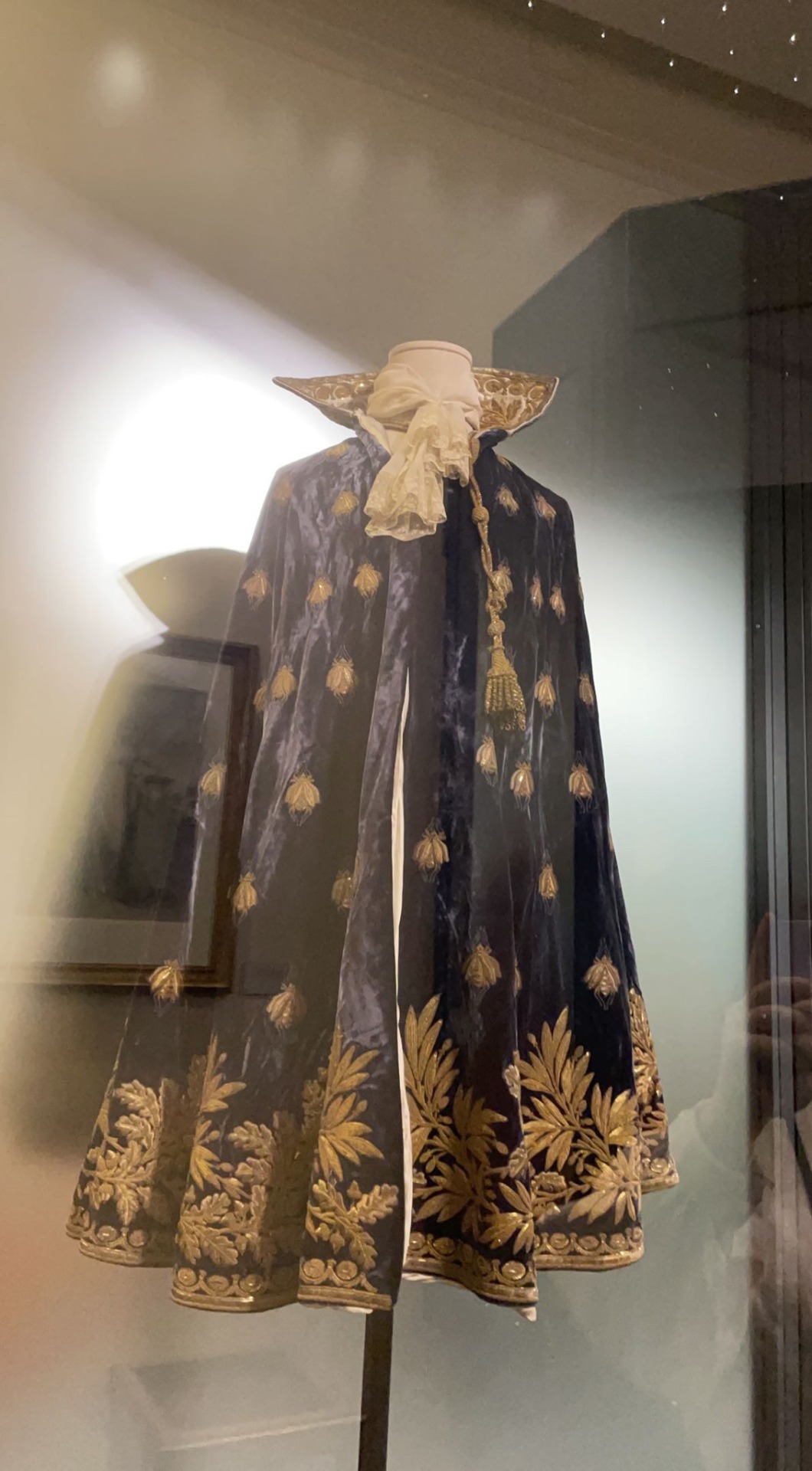
28 notes
·
View notes
Text
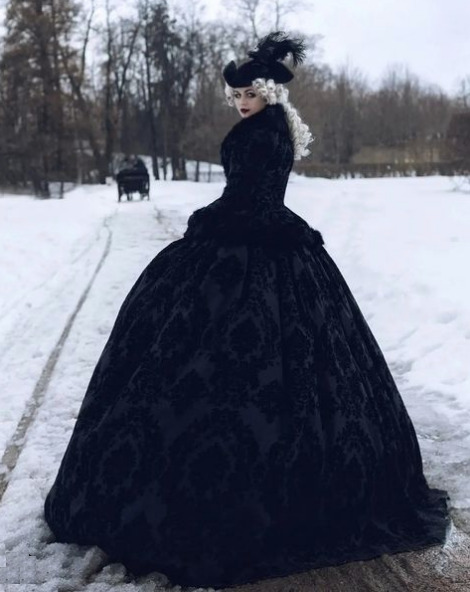
More glorious clothing from @_black_mart_ (Katherine Baumgertner).
#blackmart#katherine baumgertner#gothic beauty#gothic style#gothic elegance#corsets#feathers#full skirts#18th century clothing
5 notes
·
View notes
Text
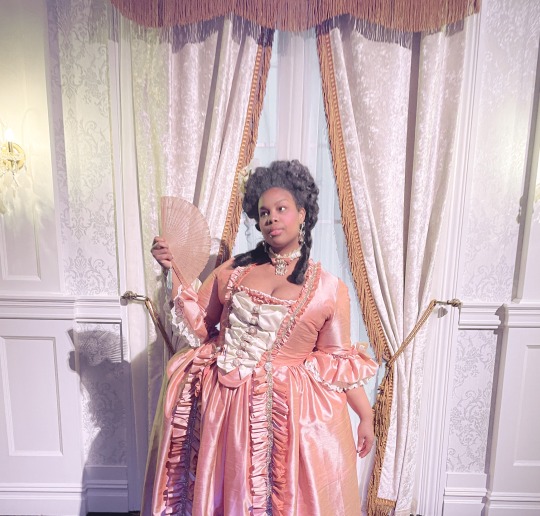
*intro to Age of Consent plays* | XX
#marie antoinette#18th century clothing#18th century#18th century fashion#rococo#dido belle#dido elizabeth belle#charlotte wells#harlots#princess aesthetic#marie antoinette 2006#princesscore#black princess#black people in period clothing#royalcore#royal aesthetic#mignonne#2022
2K notes
·
View notes
Photo
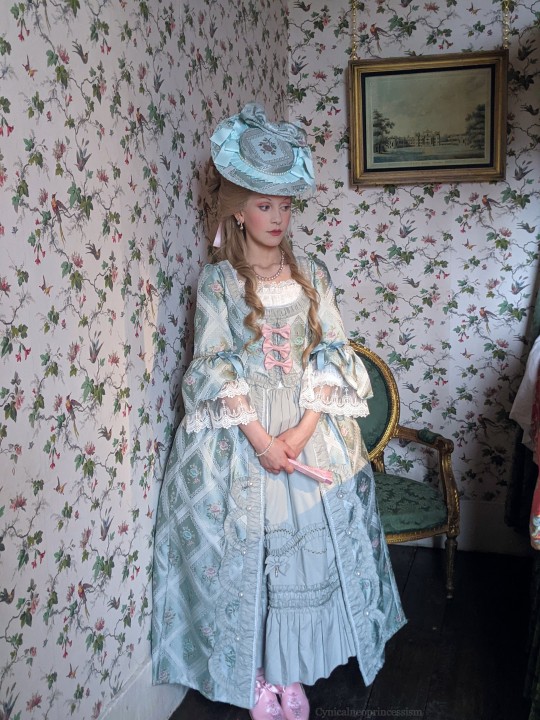
This year I finally got into my dream hobby of wearing historical clothing, and wore it out for the first time You can see all the photos I took on my blog post~
224 notes
·
View notes
Text
18th c. Embroidered Skirt
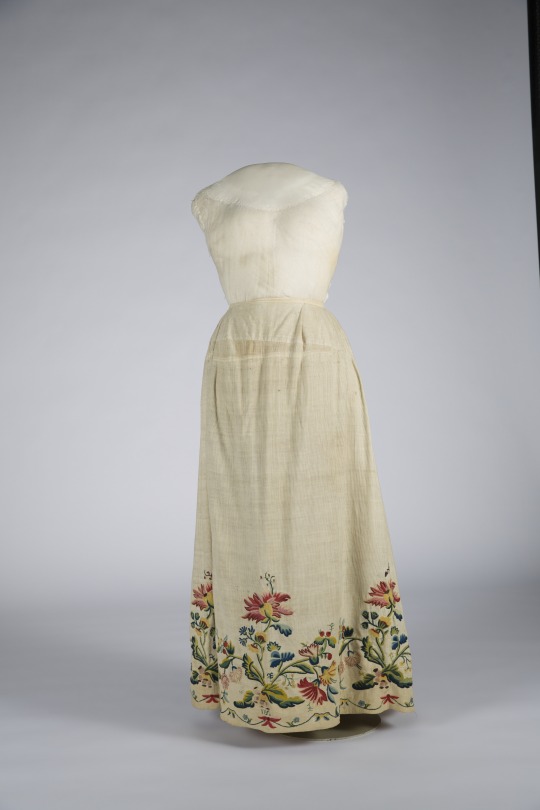
Skirt with with large multi colour wool embroideries. Made 1751, somewhere in Norway.

First two photos by Haakon Michael Harriss - Norsk Folkemuseum
Detail shots by Anne-Lise Reinsfelt - Norsk Folkemuseum
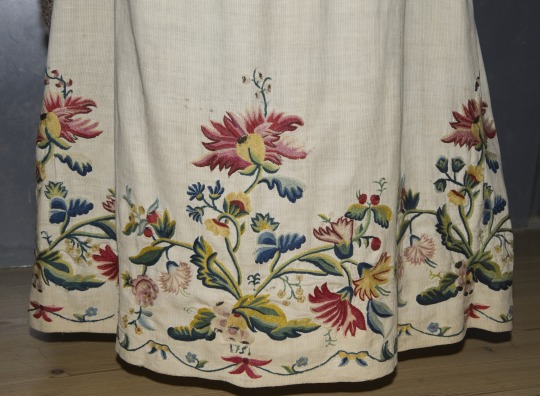


#embroidery#wool#linen#1751#skirt#stakk#18th century#18th century clothing#1750s#historical clothing#traditional clothing#norway#fashion history
12 notes
·
View notes
Text
I am a simple person : I saw it, I bought it.
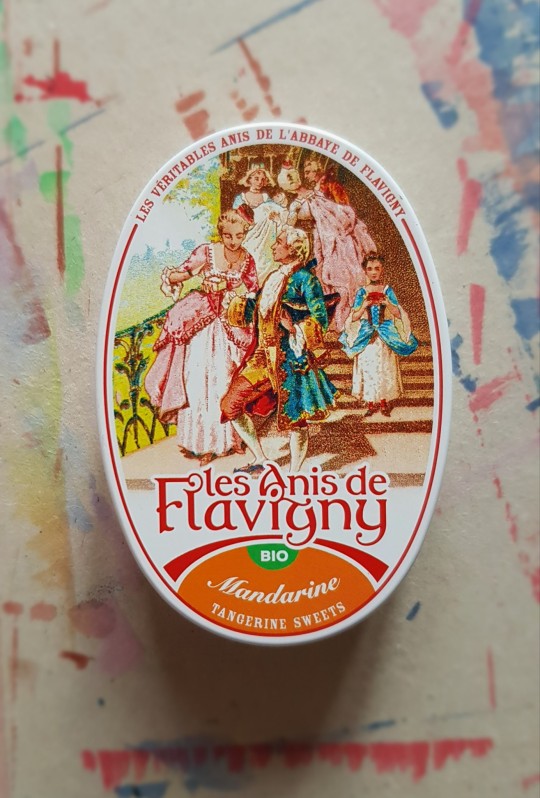
4 notes
·
View notes
Text
instagram
1 note
·
View note
Text
I was about to be irritated at a shitty "kids' education" website on 1770s clothing but then I learned that there's a staymaker buried at King's Chapel and now I'm just delighted to know the gravesite of a clothing worker from that era and I want to take him flowers
10K notes
·
View notes